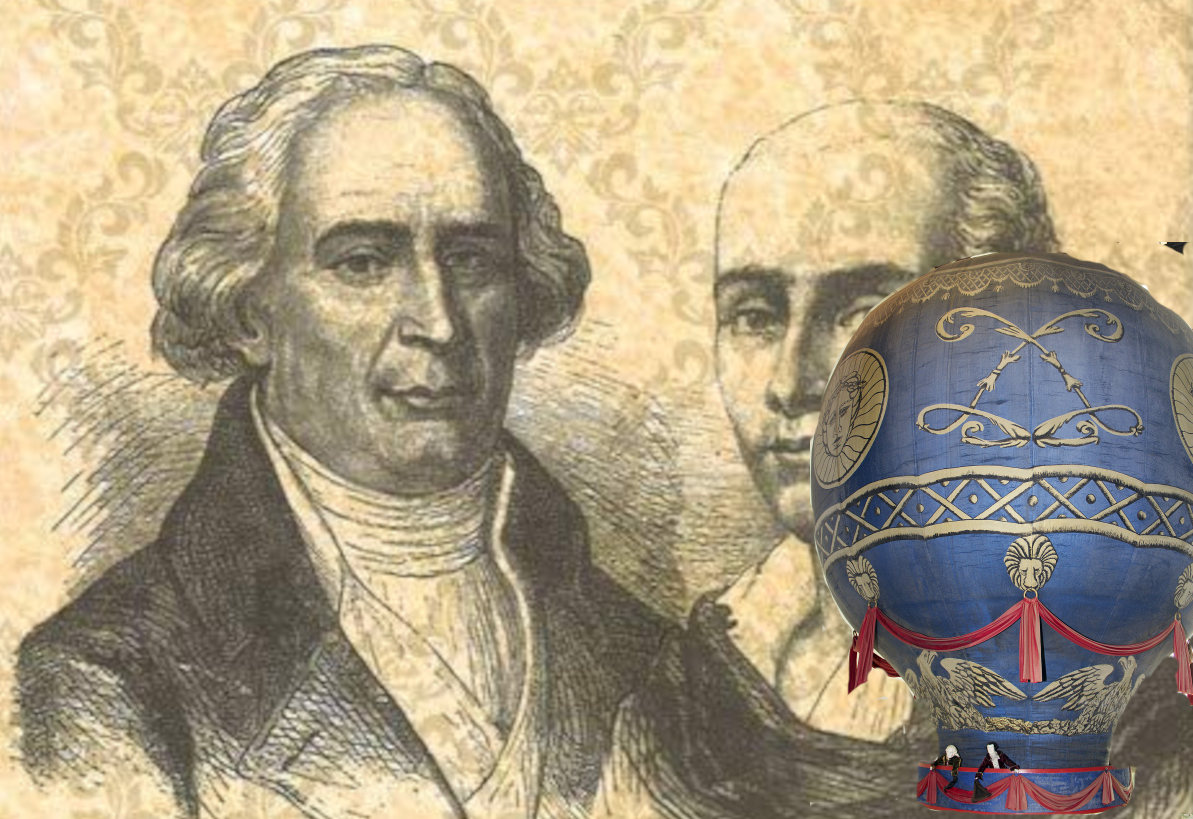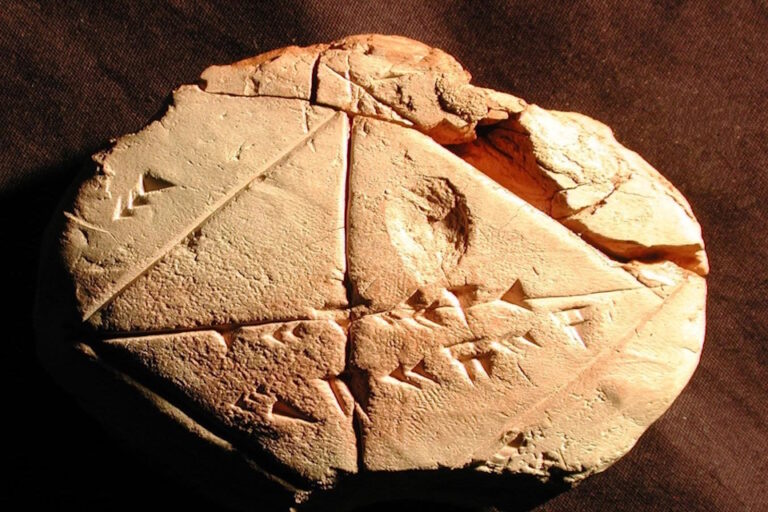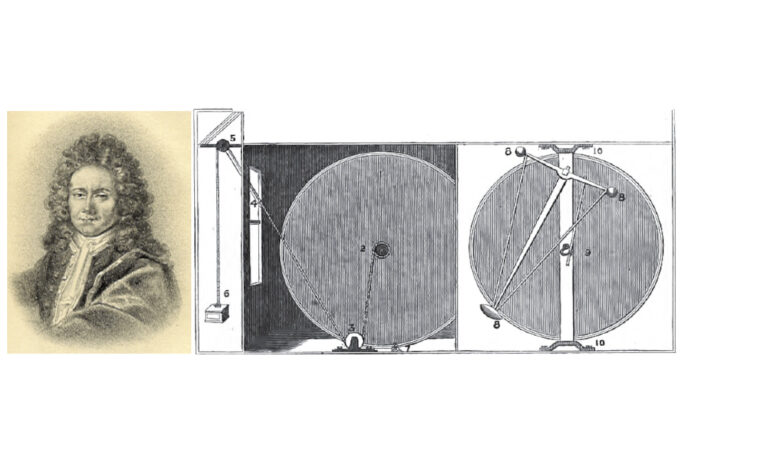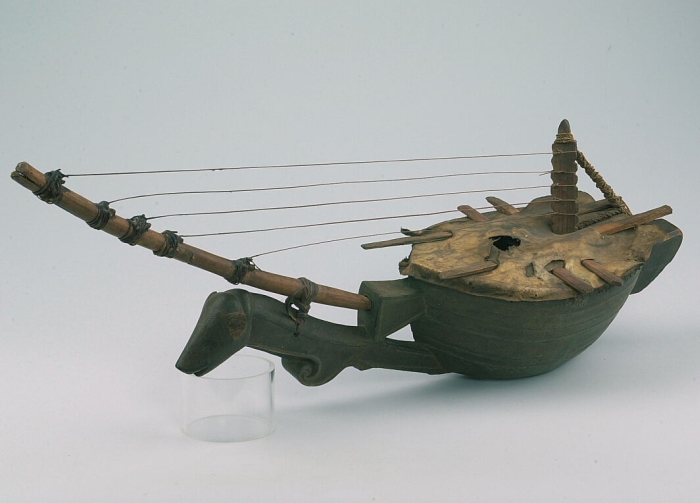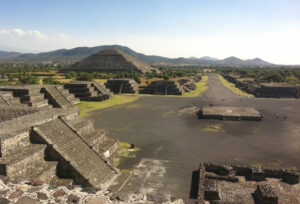For centuries, humans gazed skyward, dreaming of joining the birds in flight. From Da Vinci’s flying machines to mythological tales of Icarus, the idea of human flight captured the imagination but remained out of reach — until two French brothers turned dream into reality.
Joseph-Michel and Jacques-Étienne Montgolfier were paper manufacturers by trade, but in the 1780s, they became obsessed with a new passion: hot air. The brothers discovered that heated air, being lighter than the surrounding atmosphere, could lift objects. After several successful unmanned tests with balloons made of paper and silk, they gained the attention of the French scientific elite — and even King Louis XVI.
The Historic Flight: November 21, 1783
On a chilly morning in Paris, a large crowd gathered in the gardens of the Château de la Muette, including King Louis XVI and members of the royal court. The stage was set for history.
A large balloon, 75 feet tall and decorated with royal blue and gold, stood ready. Powered by a fire of straw and wool, the balloon was soon filled with hot air.
At 1:00 PM, Jean-François Pilâtre de Rozier, a 26-year-old physicist, and François Laurent d’Arlandes, a nobleman, climbed into the open gondola beneath the a 60,000-cubic-foot balloon. With a dramatic whoosh, they lifted into the sky — the first humans to experience free flight.
The balloon soared over Paris, reaching an altitude of approximately 3,000 feet (900 meters). The flight lasted about 25 minutes, covering roughly 5.5 miles (9 km). They waved to amazed onlookers and tended the fire that kept the balloon aloft.
The flight ended safely in a field outside the city, where the two men were hailed as heroes.
The success of the Montgolfier balloon made headlines across Europe. Pilâtre de Rozier became an international celebrity. But the triumph also sparked fierce debate — could humans survive at such heights? Was ballooning safe?
Soon after, other inventors and adventurers took to the skies, including hydrogen balloon pioneers like Jacques Charles. Sadly, Pilâtre de Rozier later died attempting to cross the English Channel in a hybrid balloon, becoming the first known aviation fatality.
